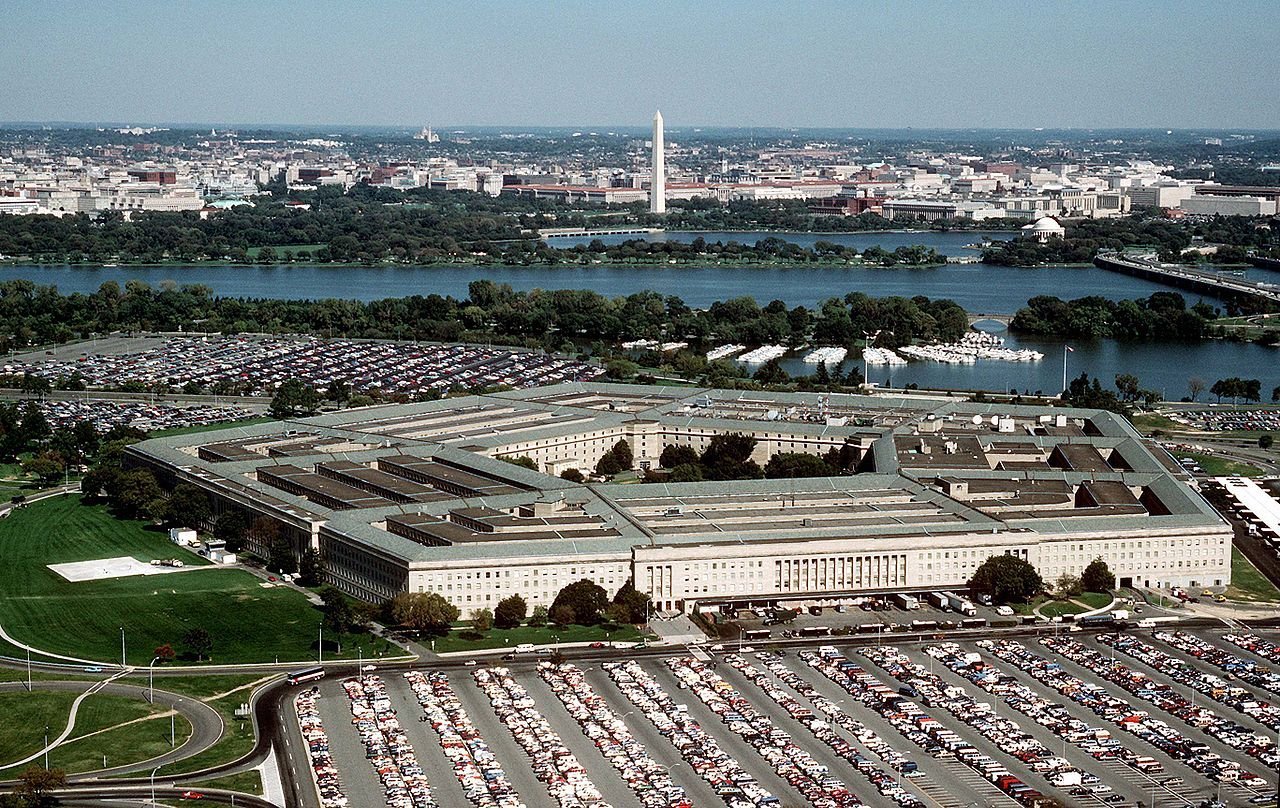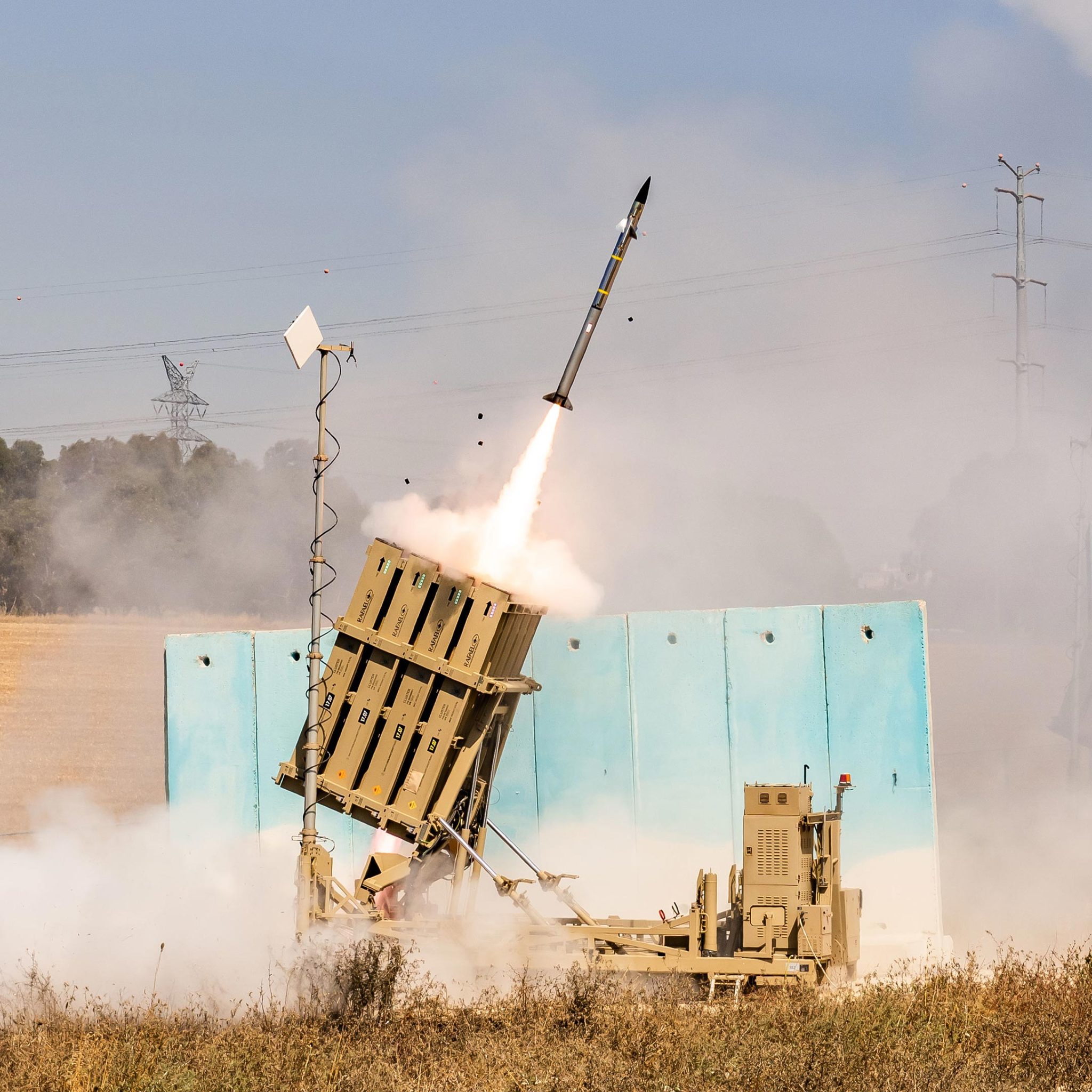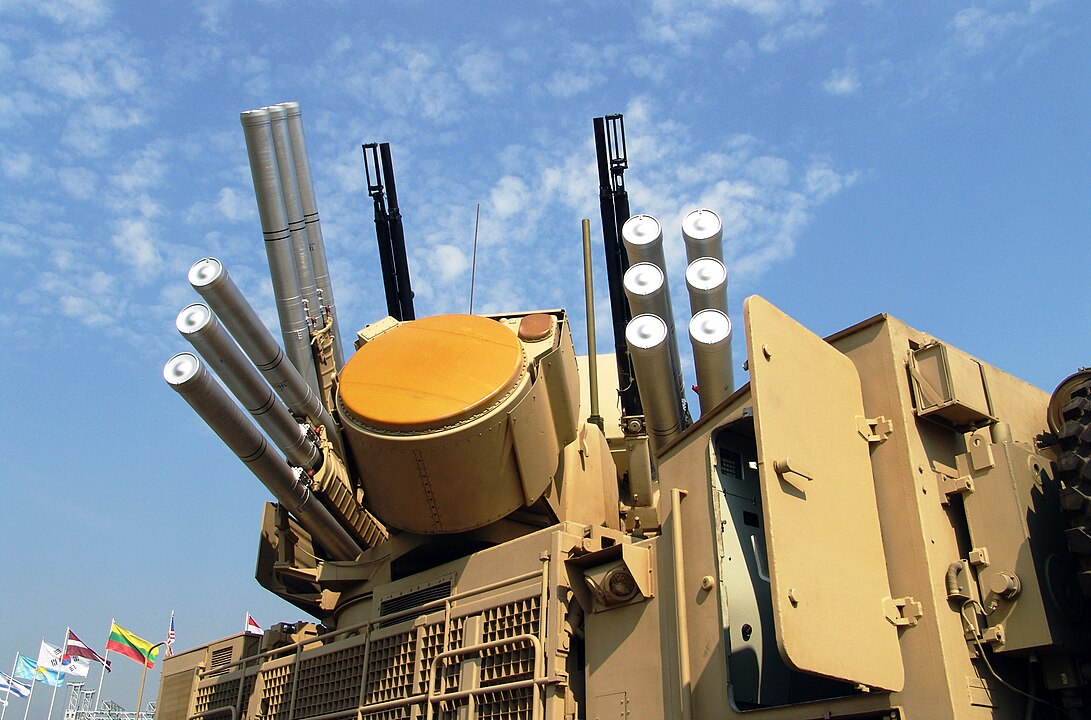Chinese military technology includes hypersonic glide cruise missiles, a working prototype 6th generation warplane, and a reliable indigenously-built, stealth-capable fighter jet with an operational range as far afield as Guam.
Suppose the reader had to predict whether a nation that had failed to match two of these three innovations was capable of designing a missile defense system that could reliably intercept any missile from hitting anywhere across an area the size of Europe-minus-Russia; what would that prediction be?
That is essentially the task at hand for the Pentagon, which recently received lovely news in Congress from the introduction of a military spending bill for 2025-2026 that would include an additional $25 billion to build the so-called “Golden Dome” missile defense system envisioned by President Trump.
It’s not editorializing to report that the Pentagon is not currently enjoying a track record of success when developing advanced weapon systems. The very idea of a nationwide missile defense system hearkens back to the Strategic Defense Initiative, (SDI) nicknamed the “Star Wars” program that was promised by President Ronald Reagan and revealed by whistleblower Aldric Saucier to be a fraudulent boondoggle.
The SDI program was riddled with impossibilities, criticized roundly by scientists of all fields, disrupted diplomatic relations with the Soviet Union, and was eventually abandoned. Ironically, the SDI Wikipedia page includes a brief entry on Trump’s directive to create a national missile defense system in January 2025, linking this yet unborn weapon system to the stillborn SDI.
Yet even the SDI—sold as an array of satellites and directed energy weapons, or lasers, floating in space and capable of firing metal-melting beams of light thousands of times per second at multiple targets, was a bargain compared in wasted money to the F-35, the most well-publicized failure of American weapons development in history.
Despite multiple, well-publicized incidents displaying failure to climb and failure to turn, the US military recently cleared the jet for full-rate production. A 2024 review by the Pentagon still identified major issues with the aircraft, built by Lockheed Martin. In 2023, the report found that any given F-35 was available for action only 51% of the time, compared to the benchmark of 65%, but the 2024 review concluded its performance and reliability had worsened even from that.
Costs to sustain the F-35 are estimated at $1 trillion over the course of the aircraft’s lifetime—an amount equal to one-fourteenth of the total spending on all direct military involvement and activity across the entire the Global War on Terror theater over 18 years. Another way to look at that is the entire Pentagon budget, plus supplemental spending, for an entire year. Adding in cost overruns during development, the total cost of the F-35 to the Pentagon will eventually reach $1.7 trillion.
Previously, WaL reported on the failures and “reimagining” of the Pentagon’s current effort to develop a next-generation aerial weapons platform. The so-called “Next Generation Air Dominance” aircraft was put on a “strategic pause” late last year after current projections put its price tag at $300 million per unit, 440% more than the F-35, and 500% more than the F/A-18 Super Hornet, a commonly-used modern fighter jet designed for use on an aircraft carrier.
Just months later, two next-generation warplanes made a publically-recorded debut over the skies of Chengdu, China, appearing much the way the NGAD aircraft was predicted to appear. If the prototype of these aircraft are working properly and in line with the development progress of the Chinese J-20—somewhere slightly ahead of a fighter like the F/A-18 and behind the F-35—then a fully-functional variant could be operationally capable by 2031, which is some distance ahead of the Pentagon’s efforts.

The 2025-26 NDAA
The National Defense Authorization Act (NDAA) currently sits at $885 billion, but is set to receive somewhere between an additional $150 billion in additions proposed by the House and $100 billion proposed by the Senate. Defense spending, as any journalist who covers the topic knows, began routinely exceeding $1 trillion per year several years ago.
Different reporters will calculate it differently. Some include the Department of Veterans Affairs budget, the Department of Energy’s maintenance of the nuclear stockpile, certain divisions of the Department of Homeland Security or the intelligence services which coordinate continuously with military operations abroad, and others even calculate the share of the interest on the national debt related to borrowing for military spending.
This gives a figure between the official budget, $885 billion, and $1.77 trillion, according to Antiwar. If anything either than the minimum is approved by Congress and signed into law, it would bring the topline spending to over $1 trillion for the first time in US history, and a far cry from an earlier Trump suggestion of signing a treaty to cut military spending in half in concert with the Chinese and the Russians.
“Our defense industrial base has weakened. America’s deterrence is failing and without a generational investment in our national defense, we will lose the ability to defeat our adversaries,” said House Armed Services Committee Chair Mike Rogers (R – AL) in a statement accompanying the text of the bill. “With this bill, we have the opportunity to get back on track and restore our national security and global leadership”.
“This is about building the future of American defense, achieving peace through strength, and ultimately deterring war,” said Rogers’ counterpart in the Senate committee, Roger Wicker (R – MS).
Included in the bill is the Golden Dome budget of $25 billion that would be spent on satellites and other space-based “interceptor” infrastructure. The Hill writes that the bill includes increases worth “$33.7 billion for shipbuilding, $20.4 billion for munitions, $13.5 billion for ‘innovation,’ $12.9 billion for nuclear deterrence, $11.5 billion for military readiness, $11.1 billion for Pacific deterrence, $7.2 billion for aircraft, $5 billion for border security, $4.5 billion for the B-21 bomber, $2 billion for military intelligence, and $380 million for the Pentagon’s annual audit”.
On the campaign trail, Trump described the missile defense system as an “Iron Dome for America” in reference to Israel’s Iron Dome missile interceptor system. However, during Hamas’ attack beyond the walls of Gaza in 2023, the Iron Dome was overwhelmed with simple rockets—”a question of numbers” as a ballistics expert wrote in Sci-Tech Daily, and a key flaw in any potential continental defense system and something which proponents of the SDI under Reagan could not reason against.
Every advancement in missile defense by the US or by the Soviet Union/Russia resulted in the opposite state rushing to develop measures to overwhelm the defenses. During negotiations with Mikhail Gorbachev, Reagan was confronted with the accusation that by attempting to advance beyond the mutually assured destruction guarantee involved in nuclear parity, Reagan was undermining the fabric of non-proliferation and a decade of progress made in disarmament between the US and Soviet Union—a criticism a certain Senator Joe Biden leveled at the President at the time.
There’s no reason why a new, continental Iron Dome system wouldn’t trigger the same response, especially when the Trump Administration’s facts sheet on the Golden Dome included a note that it would “preserve America’s second strike capability”—meaning the ability to strike back against adversary after having already been attacked by nuclear weapons.
The use of Cold War language and tactics is remarkable, and again, completely in opposition to earlier comments Trump has made about wanting to reduce the number of nuclear weapons and reinvest that money elsewhere.
“The only things that the US would get from massively expanding its missile defense systems is a lot more debt and arms races with other nuclear weapons states,” writes Daniel Larison, columnist for Responsible Statecraft and former senior editor at The American Conservative magazine. WaL
We Humbly Ask For Your Support—Follow the link here to see all the ways, monetary and non-monetary.
PICTURED ABOVE: An IDF Iron Dome missile defense system launcher launching a missile. PC: IDF via Wikipedia



